Let's talk Anatolian Shepherd Dogs
Bred as a protector of livestock, the Anatolian Shepherd Dog is steadfast and affectionate, a working dog who is practically unmatched and with a loyalty that’s absolute. They possess a big spirit that matches their physical might, a powerful breed best for experienced dog owners. A firm hand is needed to keep the independent mind of this big dog in check. Their initial wariness of newcomers - both human and animal - comes only from caring for their flock. Expand their social circle and they’ll warm up soon enough.
Official name: Anatolian Shepherd Dog
Other names: Anatolian Karabash, Goban Kopegi
Origins: Turkey
Drooling tendencies
3 out of 5Shedding Level
2 out of 5Energy level*
3 out of 5Compatibility with other pets
2 out of 5Warm weather?
5 out of 5Suited to apartment living
2 out of 5Family pet?*
2 out of 5Can stay alone
3 out of 5
| Male | Female |
|---|---|
| Height | Height |
| 74 - 81 cm | 71 - 79 cm |
| Weight | Weight |
| 48 - 60 kg | 40 - 50 kg |
| Life stages | |
|---|---|
| Adult | |
| 8 months to 2 years | |
| Mature | Senior |
| 2 to 5 years | From 5 years |
| Baby | |
| Birth to 2 months | |
Drooling tendencies
3 out of 5Shedding Level
2 out of 5Energy level*
3 out of 5Compatibility with other pets
2 out of 5Warm weather?
5 out of 5Suited to apartment living
2 out of 5Family pet?*
2 out of 5Can stay alone
3 out of 5
| Male | Female |
|---|---|
| Height | Height |
| 74 - 81 cm | 71 - 79 cm |
| Weight | Weight |
| 48 - 60 kg | 40 - 50 kg |
| Life stages | |
|---|---|
| Adult | |
| 8 months to 2 years | |
| Mature | Senior |
| 2 to 5 years | From 5 years |
| Baby | |
| Birth to 2 months | |
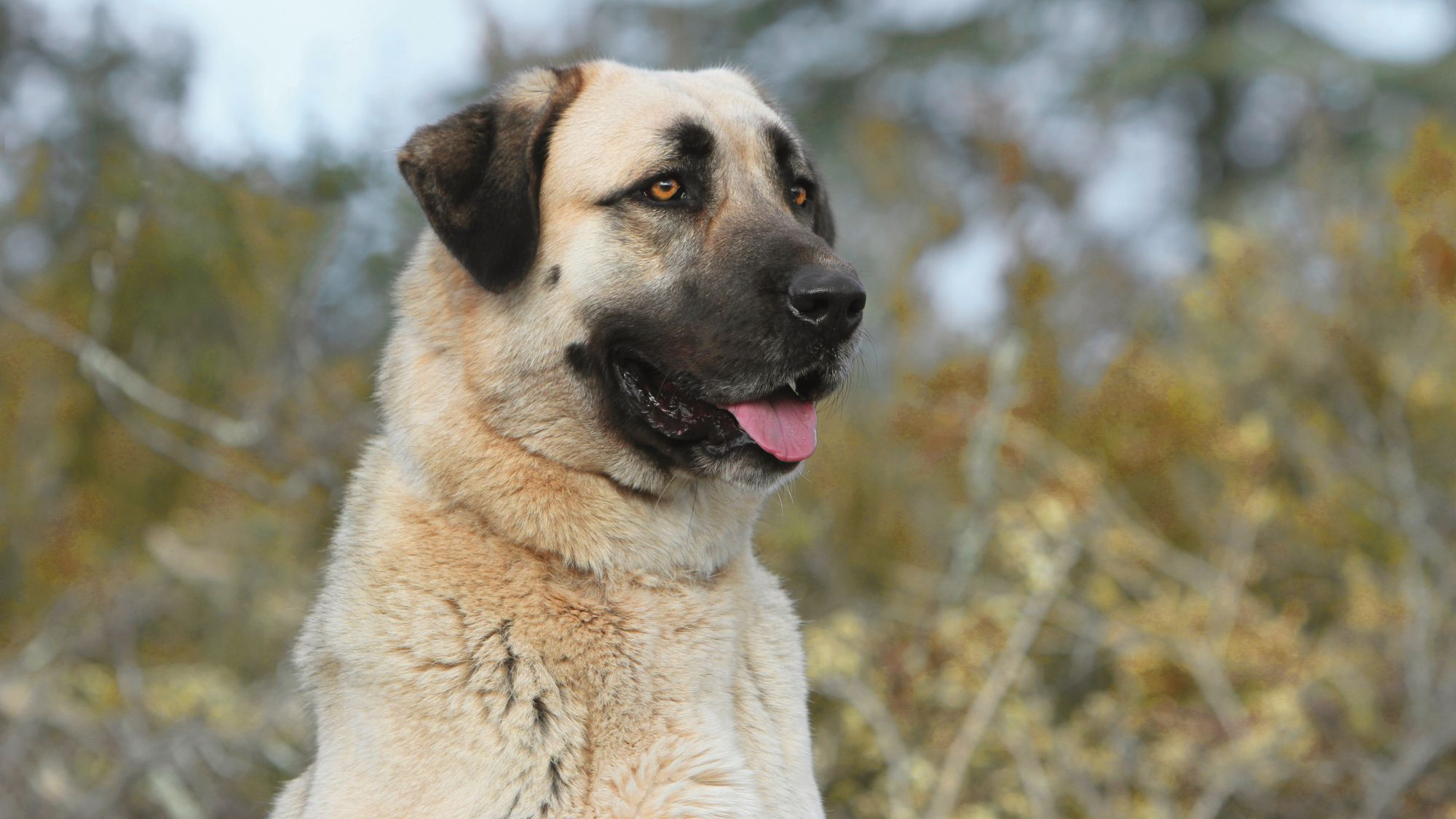
Get to know the Anatolian Shepherd Dog
All you need to know about the breed
Friendly, and calm define the Anatolian Shepherd Dog, as do their characteristics of intensity and self-reliance. Bred for work in the treacherous hills and vast plains of ancient Anatolia, or modern-day Turkey, and charged with protecting flocks of livestock, this is a breed that’s most content when given a job and allowed to do it. They assume their post without training or needing to be told—and that’s no joke: The Anatolian Shepherd Dog breed instinctively needs little-to-no instruction on how to patrol and protect. A breed that’s been in existence for so long surely knows, by now, what to do.
Despite their serious side, they are affectionate with family and those closest to them. Known to be devoted to other family pets and good with children once they are trained, the Anatolian Shepherd Dog is downright enjoyable to have in the house. They will however protect their “flock” with all they have, if needed, and be hard-pressed to allow strangers – and even those they have met before – into their realm unless their owner gives them the OK.
Thorough training then should start for the Anatolian Shepherd Dog in puppyhood as the breed will thrive with solid leadership. Given their protection history, they are swift on their feet. Their very hardy constitution means the breed is always up for outdoor work or just accompanying owners on a walk or short jog around the neighborhood. They are always ready to go!
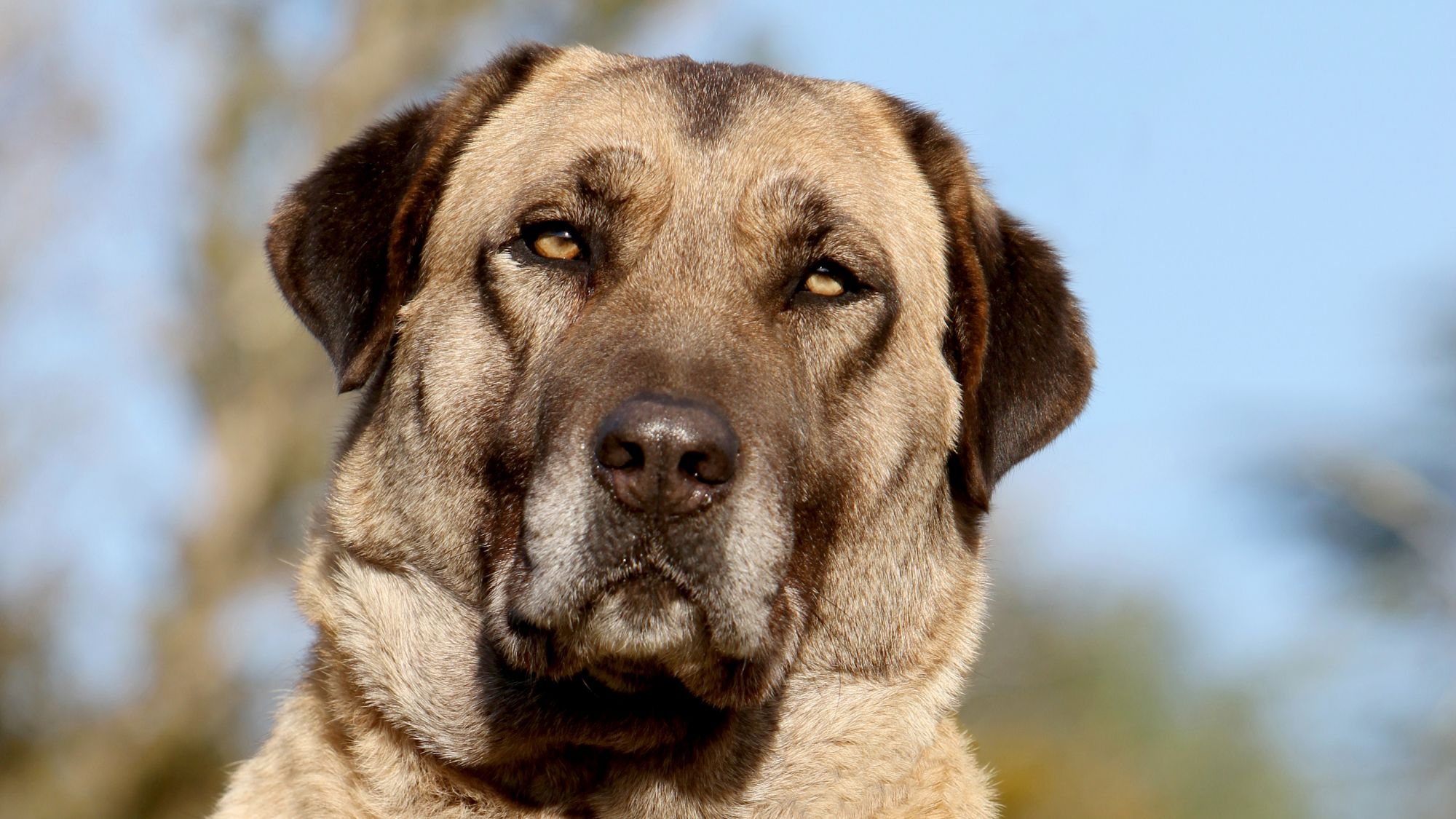
2 facts about Anatolian Shepherd Dogs
1. En garde - not!
Without fail, the Anatolian Shepherd Dog should never receive formal guard dog training; their physical strength combined with their defensive instincts could prove dangerous. This dog’s learned behaviour, to defend at all costs if necessary, is bred over centuries and cannot be undone. However they will need the usual training to behave well in social circles.
2. You overachiever you...
As if looking after livestock and the family weren’t enough: Namibia’s Cheetah Conservation Fund, meant to prevent more killing of the big cats, instituted a program with the Namibian government to encourage ranchers to use the Anatolian Shepherd Dogs in the protection of their flocks. Ranchers, and sheep, sleep well at night when this trusty dog is at work keeping the Cheetahs at bay.
History of the breed
The commanding Anatolian Shepherd Dog has a storied past starting four millennia B.C. in the vast, hilly Turkish terrain known as Anatolia, or Asia Minor. Their ancestors date back 6,000 years, mastiff types brought there by wandering tribes. Bred as protectors for their flocks, the dog developed into a nimble and fierce protector, often wearing iron collars with pointed spikes to protect them from predators.
They are a huge symbol of Turkish national pride, even making it onto a postage stamp!
Right before WWII, the Turkish government gave a pair of the dogs to the U.S. Department of Agriculture for use in their classified “Sheepdog Project”, an experiment in how best to protect flocks. U.S. Naval officer Robert Ballard brought a pair back from Turkey and helped found the Anatolian Shepherd Dog Club of America in 1970. They entered the AKC’s Working Group in 1998.
From head to tail
Physical characteristics of Anatolian Shepherd Dogs
1.Ears
2.Head
3.Body
4.Tail
5.Coat
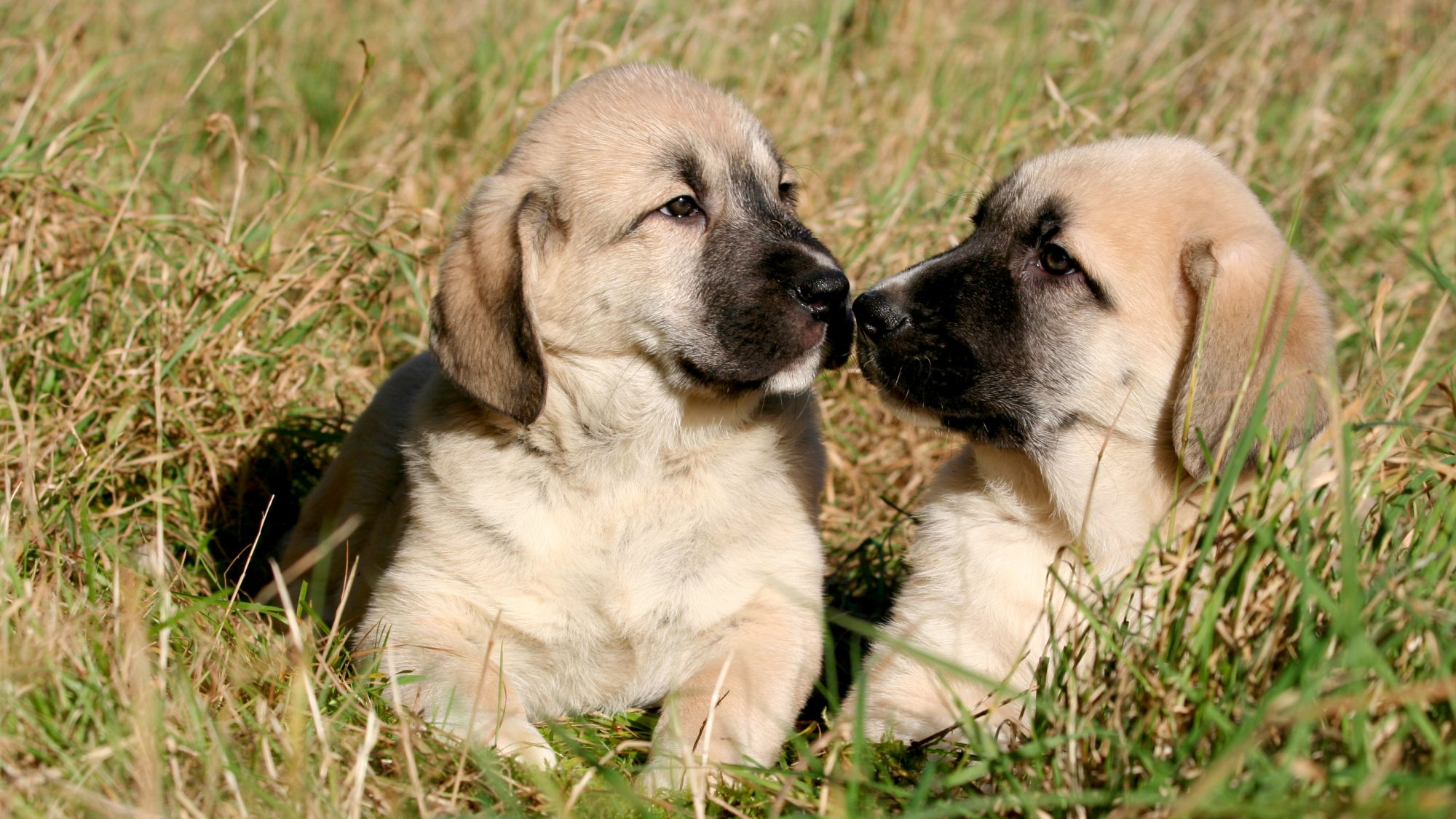
Things to look out for
From specific breed traits to a general health overview, here are some interesting facts about your Anatolian Shepherd Dog
Size does matter
Health-wise, the main problem of the Anatolian Shepherd Dog is related to their size: they age rather early - from 5 years old - and usually suffer from osteoarthritis due to their large limbs. Keeping them lean and well-exercised is the best way to limit the decrease in mobility as they age. A specific diet for dogs of their mass is useful in helping owners monitor their health.
They won’t need instruction, thank you very much.
The Anatolian Shepherd Dog is instinctively at ease with their assigned duties protecting their charges. They require little direction and take their work very seriously. Quite intelligent, this breed will be a grand protector of his family but may not always welcome strangers - or even friends - into the mix. The Anatolian Shepherd Dog’s ingrained protective traits should be anticipated by those who choose this breed, something that can’t be trained out of them.
Healthy diet, healthier dog
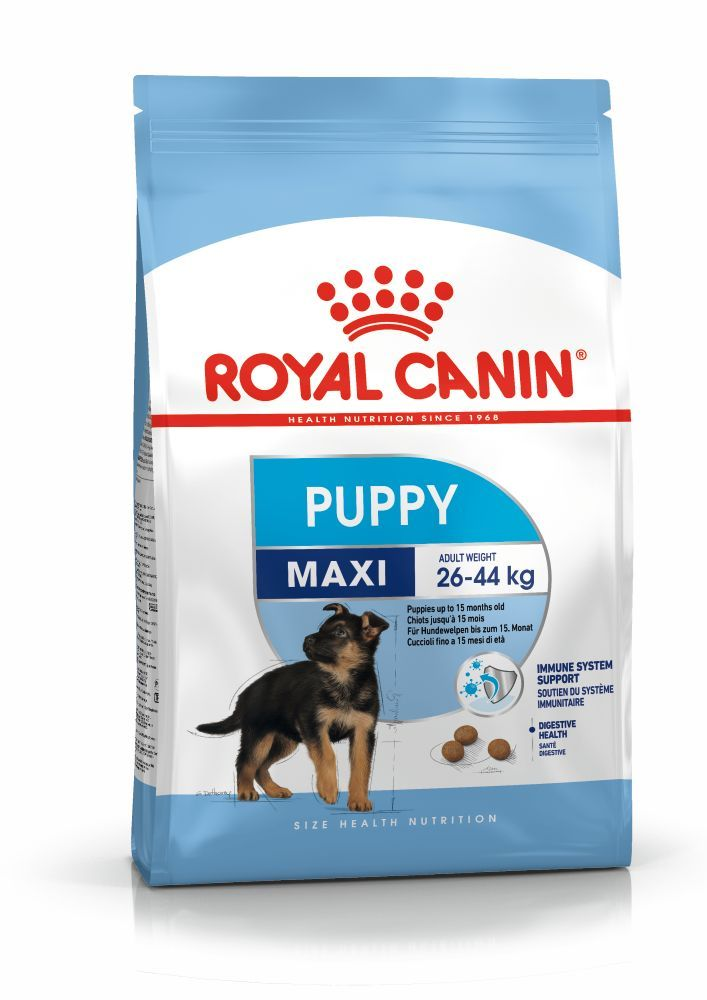
When choosing food for an Anatolian Shepherd Dog, there are many factors to consider: Their age, lifestyle, activity level, physiological condition, and health including potential sickness or sensitivities. Food provides energy to cover a dog’s vital functions, and a complete nutritional formula should contain an adjusted balance of nutrients to avoid any deficiency or excess in their diet, both of which could have adverse effects on the dog.
Clean and fresh water should be available at all times to support good urinary regularity. In hot weather and especially when out exercising, bring water along for your dog’s frequent water breaks.
Energy intake may also have to be adapted to the climatic conditions. A dog that lives outdoors in winter will have increased energy requirements.
The following recommendations are for healthy animals. If your dog has health problems, please consult your veterinarian who will prescribe an exclusively veterinary diet.
An Anatolian Shepherd Dog puppy’s requirements, in terms of energy, protein, minerals and vitamins, are much greater than those of an adult dog. They need energy and nutrients to maintain their body, but also to grow and build it. Until they are 15 months old, an Anatolian Shepherd Dog puppy’s immune system develops gradually. A complex of antioxidants – including vitamin E – can help support their natural defences during this time of big changes, discoveries, and new encounters. Their digestive functions are different from an adult Anatolian Shepherd Dog, too: Their digestive system is not mature yet so it is important to provide highly-digestible proteins that will be effectively used. Prebiotics, such as fructo-oligosaccharides, support digestive health by helping balance the intestinal flora, resulting in good stool quality.
It is important to choose a kibble with an appropriate size, shape, and texture. This growth phase also means moderate energy needs. Large-breed puppies, such as Anatolian Shepherd Dog puppies, whose growth period is long and intense, are especially susceptible to skeletal and joint problems, including limb defects, bone deformities, and joint lesions. The first part of growth is mainly concerned with bone development, although the muscles also start to grow. This means that a puppy that eats too much (takes in too much energy) will put on too much weight and grow too quickly. Limiting the energy concentration of a food for Anatolian Shepherd Dog puppies and feeding a correct daily amount will help control the speed of growth and minimise these risks.
Concentrations of other nutrients should be higher than normal in a specially-formulated growth food. Although the calcium content in the food needs to be increased, maxi-sized breed puppies are more sensitive to excessive calcium intake. It’s important to understand that adding any ingredients to a complete food formulated for the growth phase is at best unnecessary and at worst dangerous for the animal, unless prescribed by a veterinarian. It is recommended to split the daily allowance into three meals a day until they are 6 months old, then to switch to two meals per day.
Throughout their life, it is important to avoid feeding Anatolian Shepherd Dogs human foods or fatty snacks. Instead, reward them with kibbles taken from their daily meal allowance, and strictly follow the feeding guidelines written on the package in order to prevent excessive weight gain.
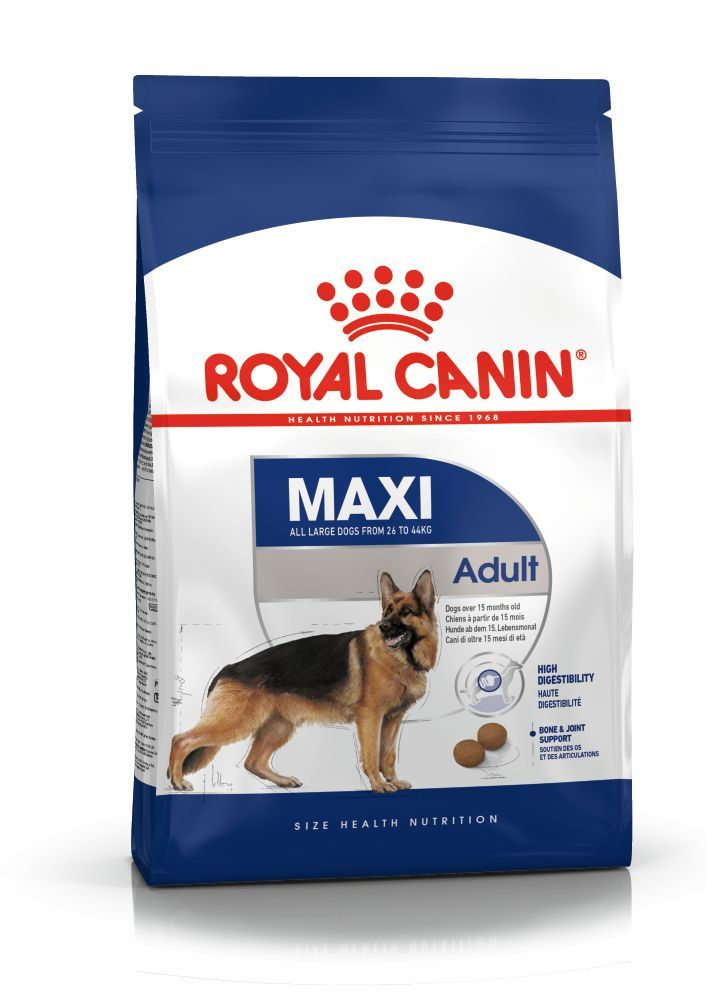
The main nutritional goals for adult Anatolian Shepherd Dogs are:
Maintaining an ideal body weight by using highly-digestible ingredients and keeping the fat content at a sensible level.
Helping to support the health of their bones and joints with glucosamine, chondroitin, and antioxidants.
Promoting optimal digestibility with high-quality protein and a balanced supply of dietary fibre.
Helping preserve the health and beauty of the skin and coat with the enriched addition of essential fatty acids (especially EPA and DHA), essential amino acids, and B vitamins.
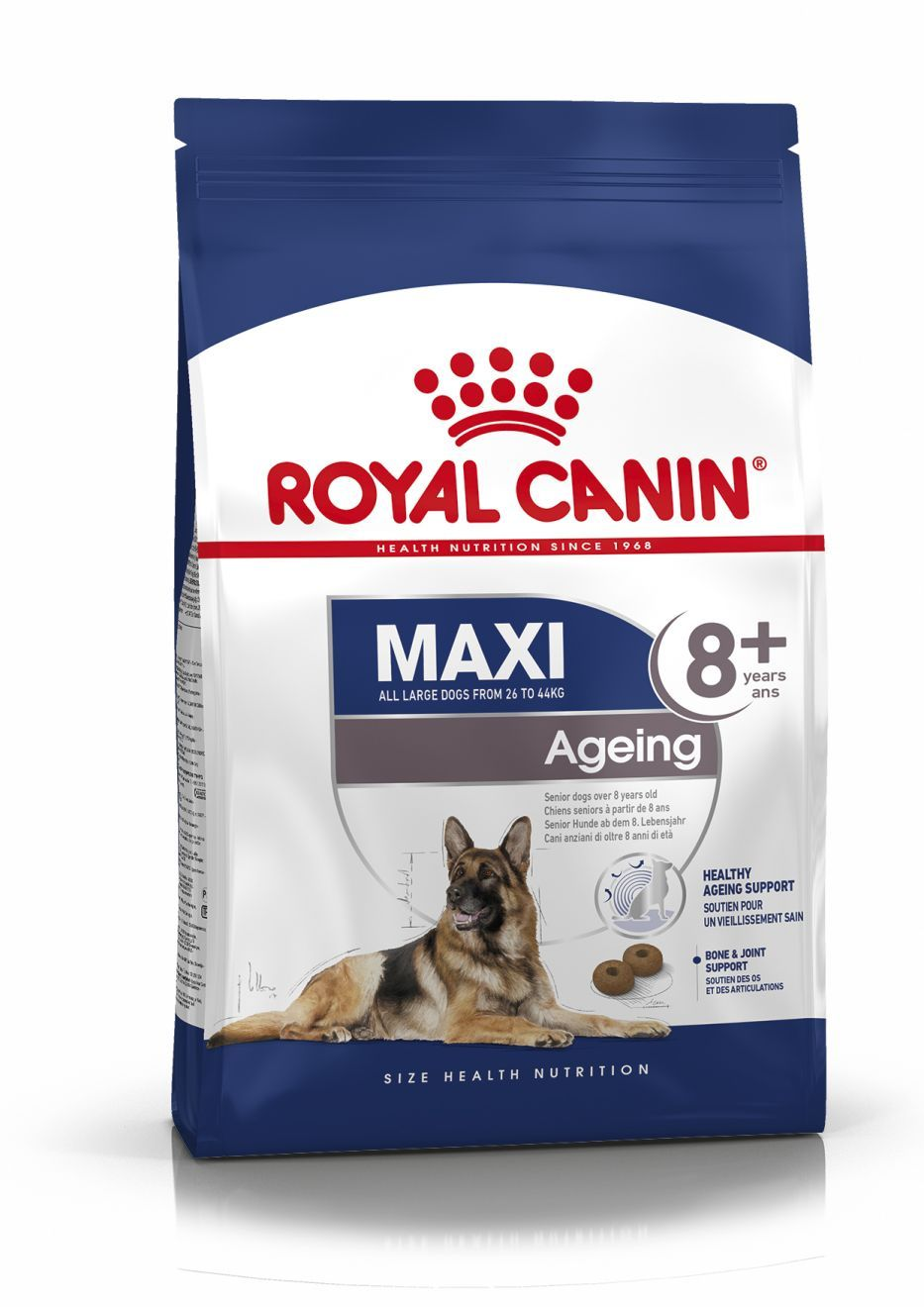
After 2 years old, Anatolian Shepherd Dogs will start facing the first signs of ageing. A formula enriched with antioxidants will help maintain their vitality, and specific nutrients, such as chondroitin and glucosamine, will help support healthy bones and joints. Ageing is also accompanied by the modification of digestive capacities and particular nutritional requirements, so food for older Anatolian Shepherd Dogs should have the following characteristics:
Higher vitamin C and E content. These nutrients have antioxidant properties, helping to protect the body’s cells against the harmful effects of the oxidative stress linked to ageing.
High-quality protein. Contrary to a widely held misconception, lowering the protein content in food brings little benefit in limiting kidney failure. In addition, older dogs are less efficient at using dietary protein than younger dogs. Reducing the phosphorus content is a good way of slowing down the gradual deterioration of kidney function.
A higher proportion of the trace elements iron, zinc, and manganese to help maintain the good condition of the skin and coat.
A higher quantity of polyunsaturated fatty acids to help maintain the quality of the coat. Dogs can normally produce these fatty acids, but ageing can affect this physiological process.
As they age, dogs increasingly suffer from teeth problems. To ensure they continue to eat in sufficient quantities, the size, shape, and texture of their kibble needs to be tailored to their jaw.
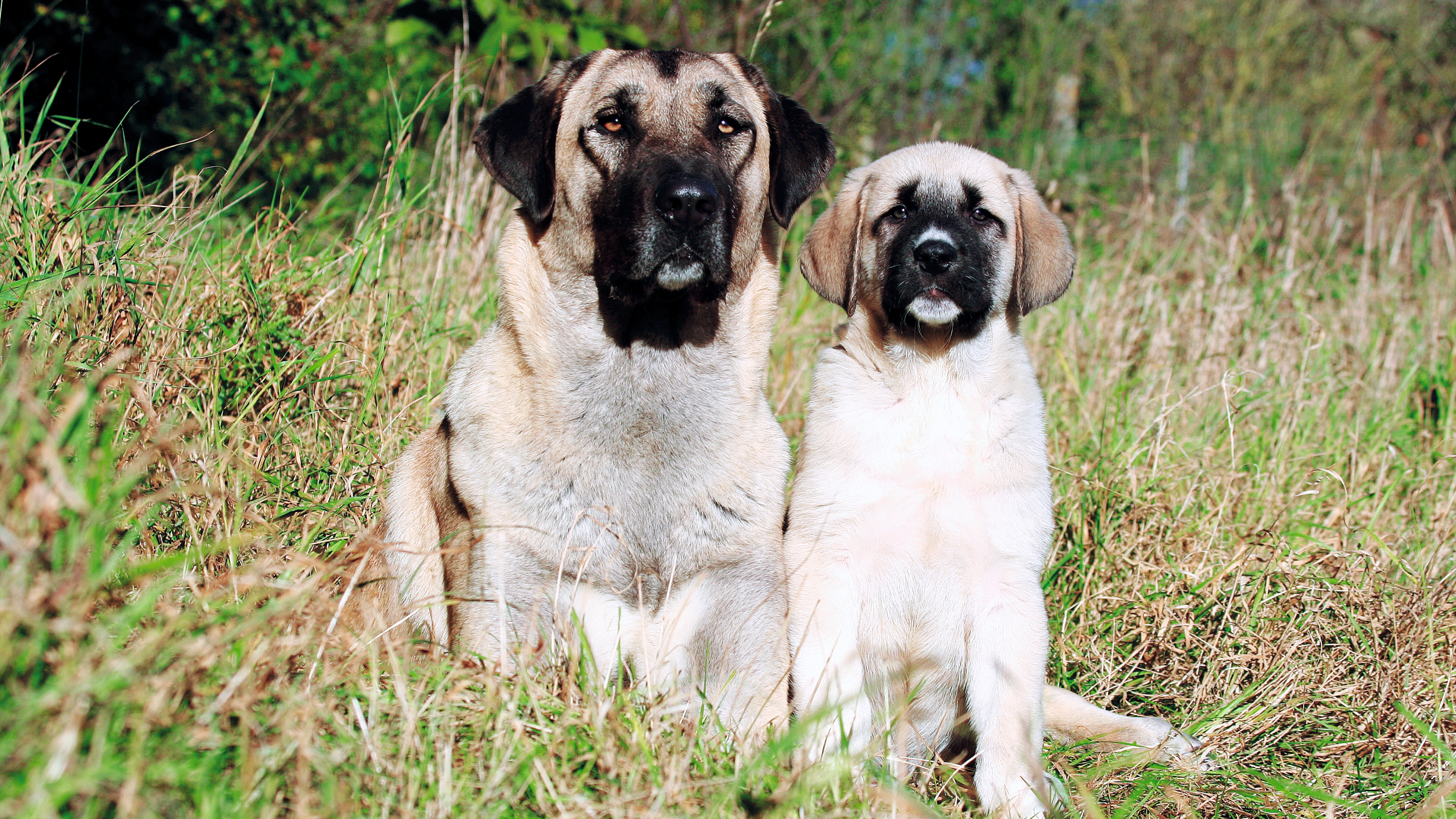
Caring for your Anatolian Shepherd Dog
Grooming, training and exercise tips
7/7
All about Anatolian Shepherd Dogs
While often confused, the Anatolian Shepherd Dog and the Kangal are two different breeds that carry different temperaments. Both were bred as livestock protectors but the Anatolian Shepherd Dog will protect family to the end whereas the Kangal is more welcoming to strangers. Although similar in appearance, the Kangal is somewhat taller and has a slightly longer lifespan. The Anatolian Shepherd Dog is not always that dog-friendly while the Kangal usually is. While the Anatolian Shepherd Dog may be demanding when it comes to training, the Kangal is downright difficult.
This large breed will grow to anywhere from 110 to 150 pounds. The Anatolian Shepherd Dog is suited only for owners who can manage their commanding size and protective instincts.
Suggested Breeds
Read more on this topic
- Veterinary Centers of America https://vcahospitals.com/;
- Royal Canin Dog Encyclopaedia. Ed 2010 and 2020
- Banfield Pet Hospital https://www.banfield.com/
- Royal Canin BHN Product Book
- American Kennel Club https://www.akc.org/
Like & share this page